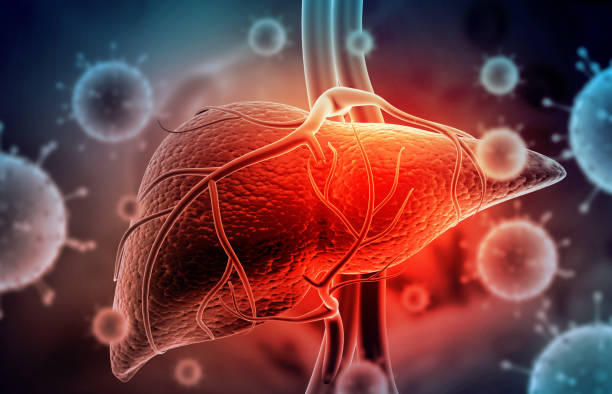
An international study led by Dr. Malu Martínez-Chantar, head of the Hepatic Diseases Laboratory Group at CIC bioGUNE and CIBEREHD, and Ikerbasque and "Ramón y Cajal" researcher Teresa Cardoso Delgado from the Biobizkaia Health Research Institute (IIS Biobizkaia), along with colleagues from CIMUS, ISPA, CINN, IUOPA, UPV/EHU, and UCL in the United Kingdom, has been published in the journal Metabolism. This study revealed the potential mechanisms underlying the regulation of the hepatic enzyme glutaminase 1 (GLS) in metabolic liver disease (MLD) and highlighted the crucial role of GLS in ammonium accumulation in the liver, a distinguishing feature of steatohepatitis.
Metabolic liver disease (MLD), previously known as non-alcoholic fatty liver disease (NAFLD), is the most common type of chronic liver disease worldwide, with a global prevalence of 30%. Steatohepatitis (MASH) is a progressive form of MLD, characterized by significant fat accumulation in liver cells (steatosis), dead liver cells ("ballooning" and degeneration), and liver inflammation. Patients with MASH are at higher risk for liver-related morbidity and mortality and metabolic comorbidities such as liver fibrosis, cirrhosis, liver cancer, and cardiovascular diseases. Understanding the mechanisms and underlying causes of progression from simple steatosis to MASH is crucial for identifying at-risk patients and potential therapeutic targets.
In this study, the authors demonstrated that the enzyme glutaminase 1 (GLS), which converts glutamine into glutamate and the toxic byproduct ammonium, is a hallmark of MASH in liver biopsies from preclinical models and patients with MLD. Ammonium has been suggested as a potentially pathogenic factor responsible for multi-organ dysfunction associated with MLD and disease progression. Notably, reducing hepatic GLS in preclinical models of MLD is sufficient to decrease hepatic ammonium, indicating the critical role of this enzyme in the pathogenic accumulation of hepatic ammonium underlying MLD.
Furthermore, the authors described that lipopolysaccharide (LPS), large molecules found in the membranes of certain types of bacteria, can increase GLS expression in the liver, while pharmacological inhibition of the LPS receptor, Toll-like receptor 4 (TLR4), hinders the increase of GLS. Overall, these findings align with a substantial body of literature suggesting that gut microbiota and bacterial products can directly and indirectly affect the liver through various mechanisms, leading to a wide range of liver diseases, including MLD.
Financial support for this project was provided by the Ministry of Science, Innovation, and Universities of the Government of Spain (AEI), the Ikerbasque Foundation, the La Caixa Foundation, the Carlos III Health Institute, the Basque Government Education Departments, the Gilead Sciences International Research Scholars Program, and CIBERehd.
Bibliographic reference
The lipopolysaccharide-TLR4 axis regulates hepatic glutaminase 1 expression promoting liver ammonia build-up as steatotic liver progresses to steatohepatitis. Metabolism. DOI: 10.1016/j.metabol.2024.155952.
.png)
